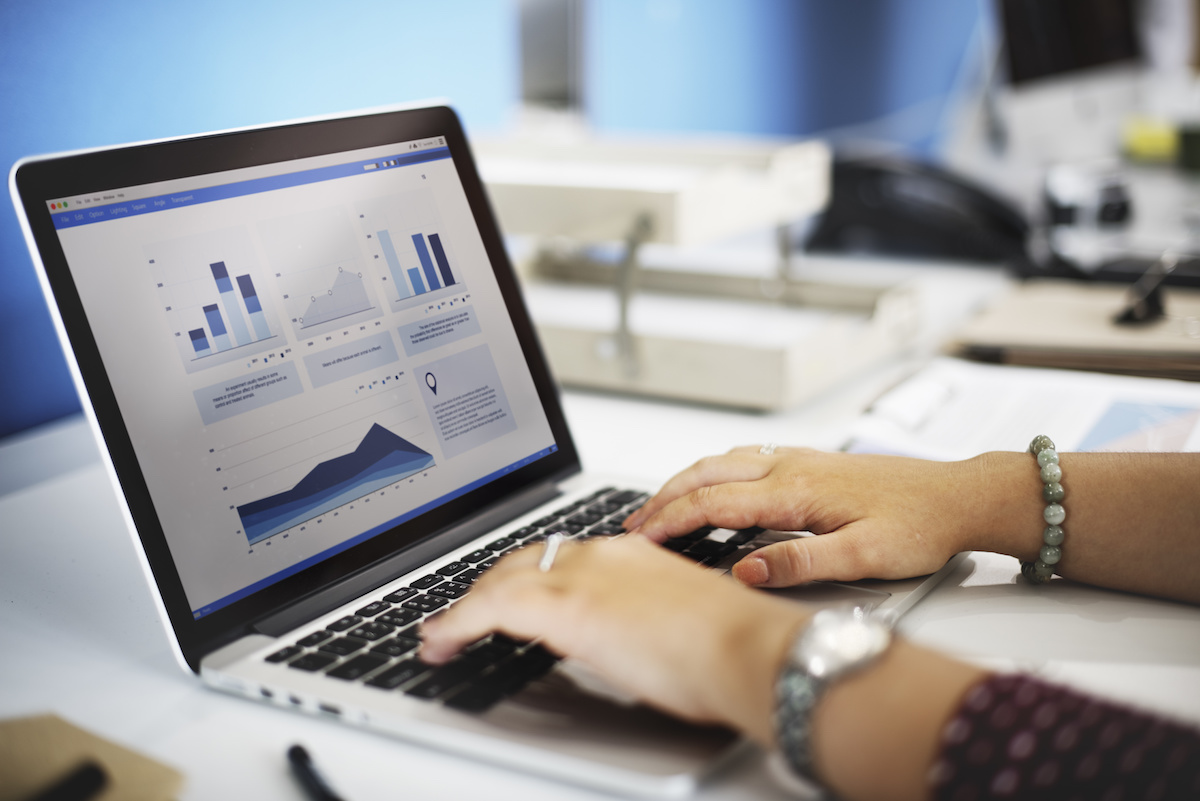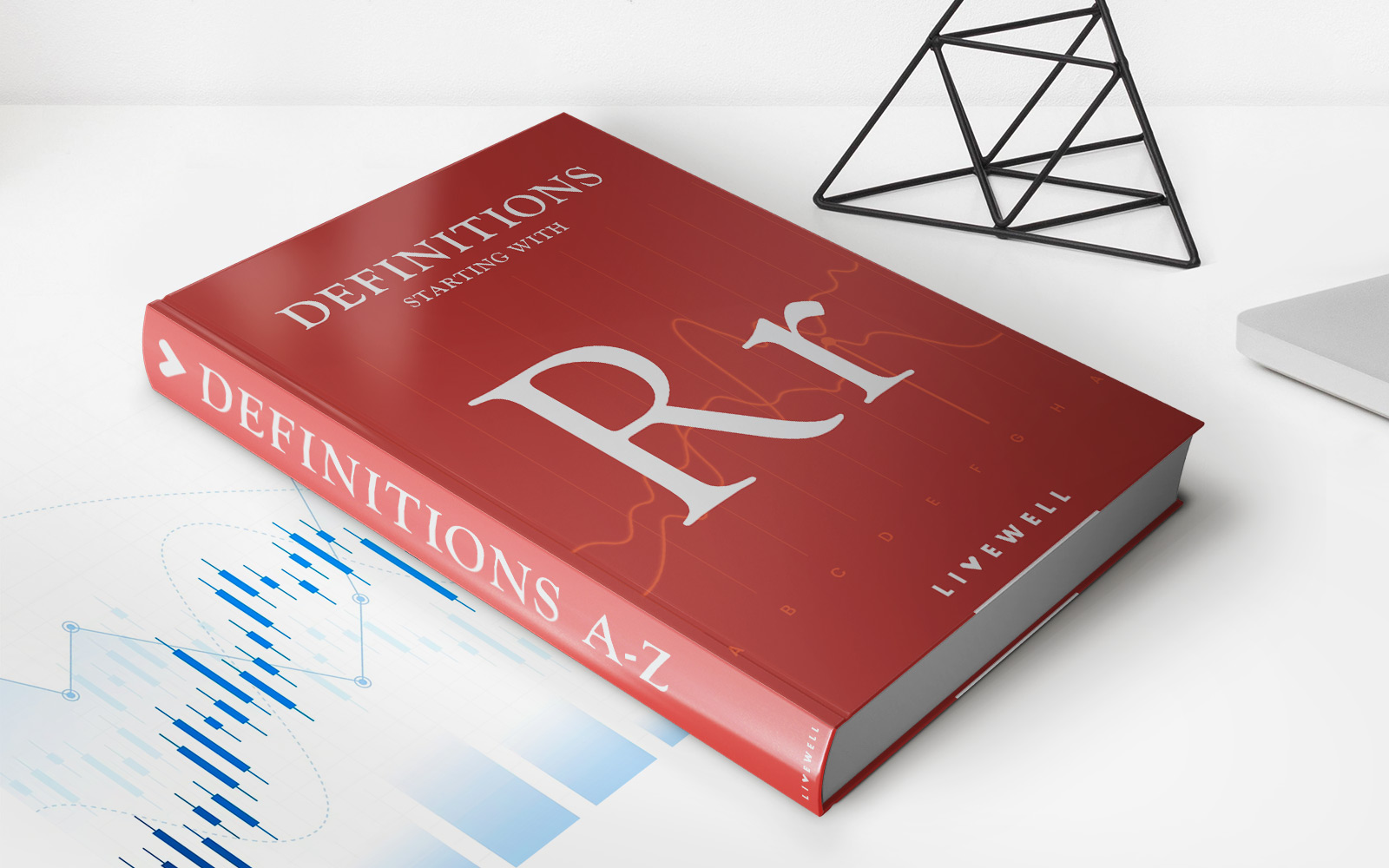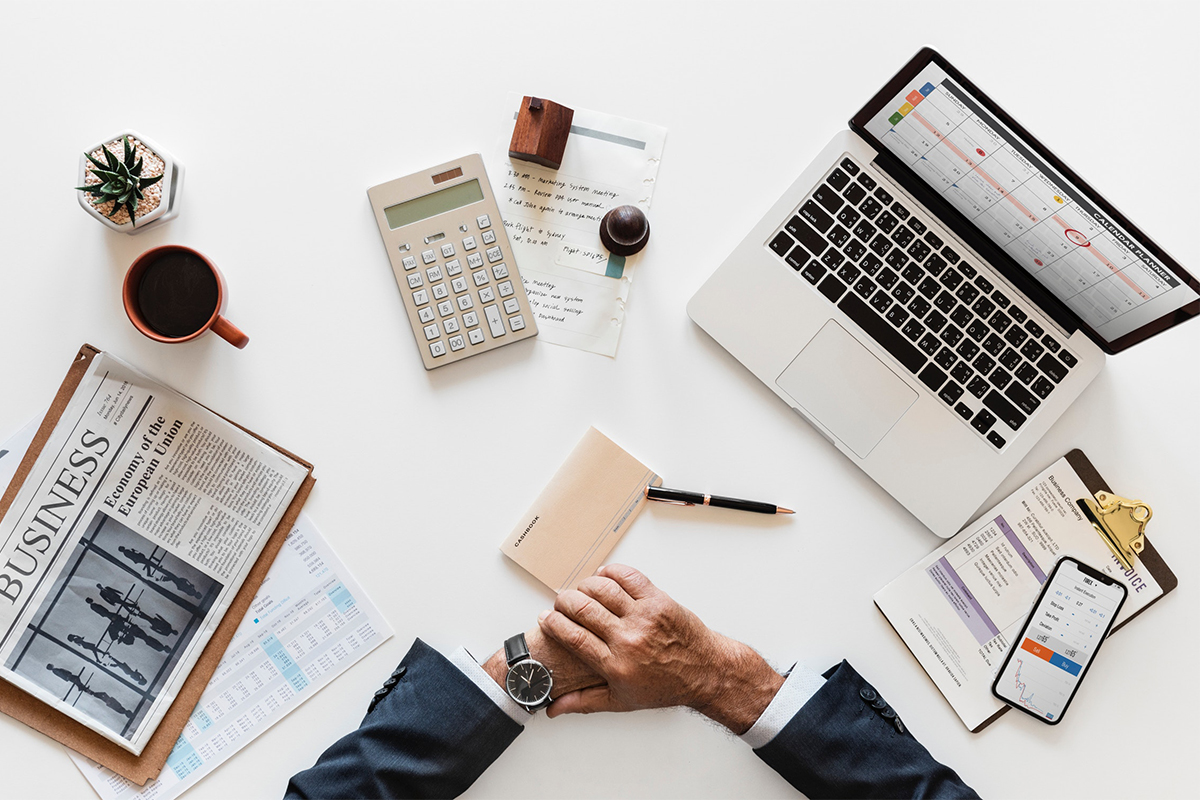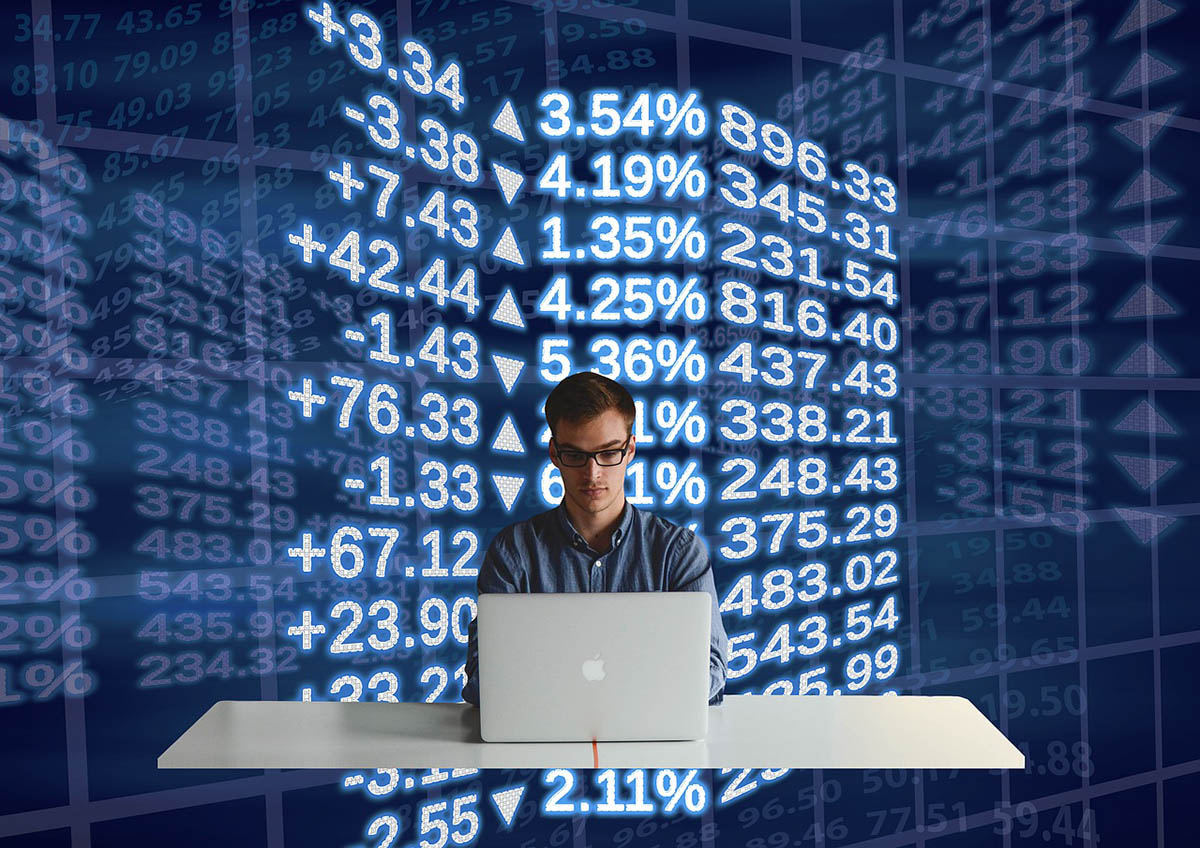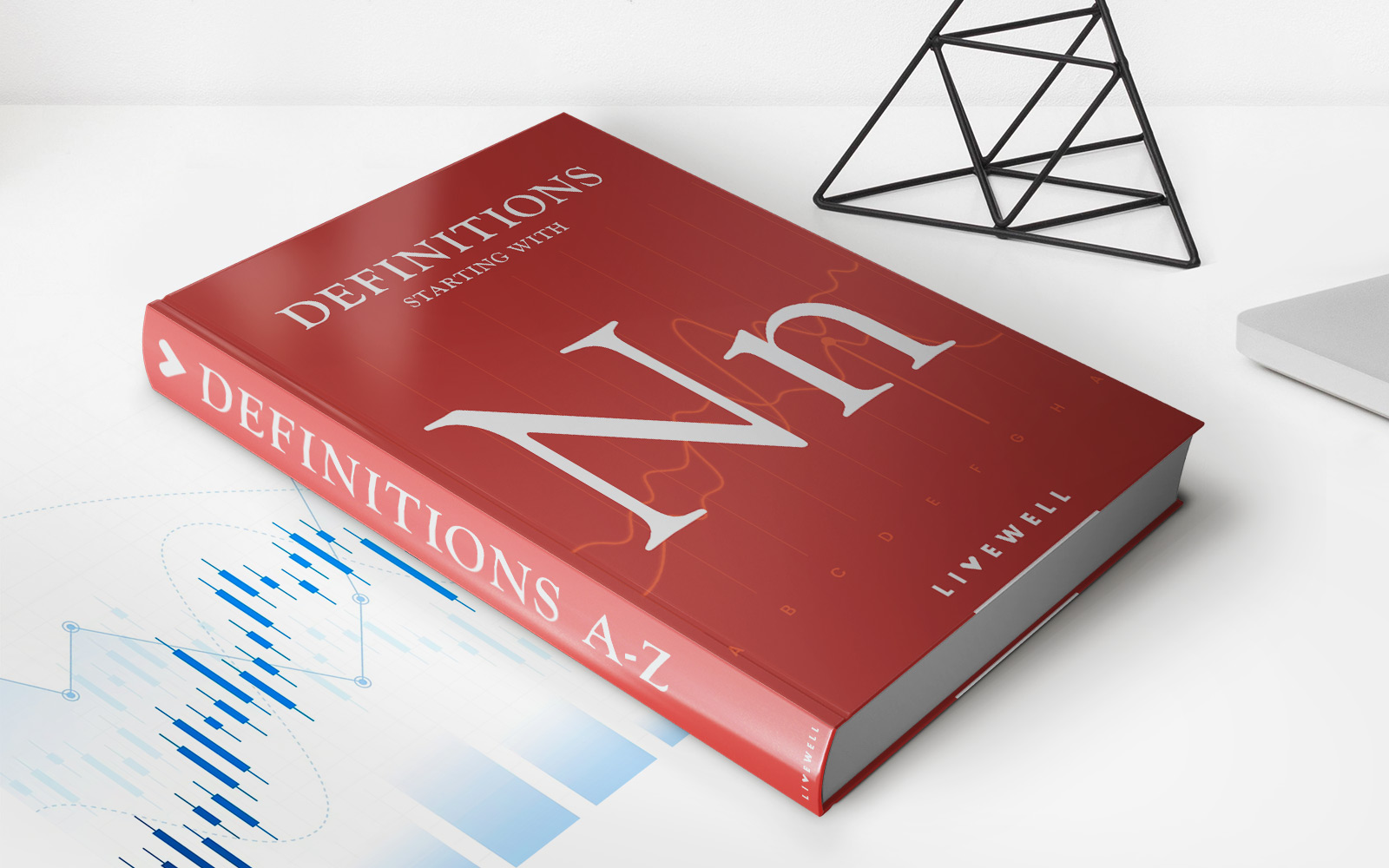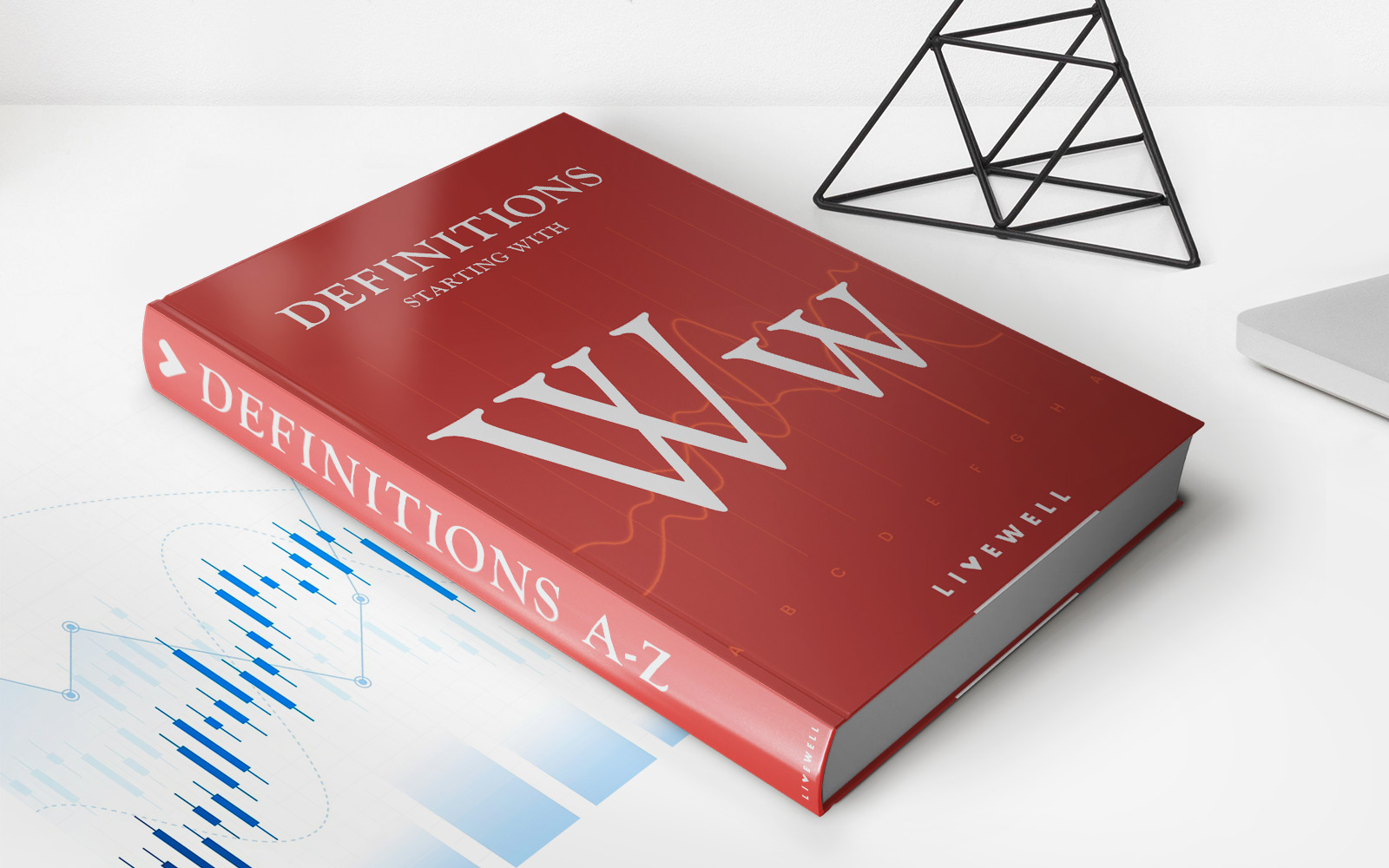Home>Finance>When Real GDP Grows More Slowly Than Potential GDP


Finance
When Real GDP Grows More Slowly Than Potential GDP
Published: October 29, 2023
Learn about the impact of slow real GDP growth compared to potential GDP on the finance industry and economy. Explore key factors and implications.
(Many of the links in this article redirect to a specific reviewed product. Your purchase of these products through affiliate links helps to generate commission for LiveWell, at no extra cost. Learn more)
Table of Contents
Introduction
In the world of finance, economic growth is a key indicator of a country’s well-being. It reflects the ability of an economy to produce goods and services, create jobs, and improve the living standards of its citizens. One way to measure economic growth is through the concept of Real GDP (Gross Domestic Product), which calculates the total value of all goods and services produced within a country’s borders.
However, there are times when the rate of Real GDP growth is slower than what is predicted by the potential GDP, which represents the maximum level of output an economy can produce without sparking excessive inflation. This phenomenon, known as slow Real GDP growth, can have far-reaching implications for individuals, businesses, and the overall economy.
In this article, we will explore what potential GDP is, the factors that affect Real GDP growth, the causes of slow Real GDP growth, its impact on the economy, and the policy implications and recommendations to address this issue.
Understanding the dynamics of slow Real GDP growth is crucial for policymakers, economists, and investors as they strive to make informed decisions and develop effective strategies to promote sustainable economic growth.
Understanding Potential GDP
Potential GDP is a concept that represents the maximum level of output an economy can sustainably produce over a period of time, without causing excessive inflation. It is often referred to as the economy’s “full capacity” or “productive potential.”
There are various factors that determine potential GDP. These include the size and quality of the labor force, the amount of physical capital available for production, the level of technological advancement, and the efficiency of resource allocation. Additionally, institutional factors such as the legal and regulatory environment, fiscal and monetary policies, and the overall business climate also influence potential GDP.
Potential GDP serves as an important benchmark for assessing an economy’s performance. When actual GDP exceeds potential GDP, it suggests that the economy is operating above its sustainable level, which may lead to inflationary pressures. On the other hand, when actual GDP falls below potential GDP, it indicates that the economy is not reaching its full potential and is experiencing an output gap.
It’s important to note that potential GDP is not a fixed value and can change over time. It can be influenced by factors such as changes in demographics, technological advancements, investment in human capital, and improvements in infrastructure.
Estimating potential GDP is a complex task that requires analyzing various economic indicators and trends. Economists and policymakers use statistical models and historical data to estimate potential GDP. This helps them understand the sustainable growth rate of the economy and make informed decisions regarding fiscal and monetary policies.
Overall, understanding potential GDP is essential for assessing an economy’s capacity to grow and identifying the factors that contribute to its growth potential. It provides a valuable framework for policymakers and economists to analyze economic performance and develop strategies for promoting sustainable and inclusive growth.
Factors Affecting Real GDP Growth
Real GDP growth is influenced by a combination of factors that affect the overall level of economic activity within a country. These factors can be broadly categorized into two main categories – demand-side factors and supply-side factors.
Demand-side Factors
1. Consumption: Consumer spending is a major driver of economic growth. When people have higher disposable income and feel confident about the future, they tend to spend more on goods and services, leading to an increase in aggregate demand and higher real GDP growth.
2. Investment: Business investment, such as spending on machinery, equipment, and infrastructure, plays a critical role in boosting real GDP growth. Increased investment leads to increased productivity and output, contributing to overall economic expansion.
3. Government Spending: Government expenditure, particularly on public infrastructure projects and social programs, can stimulate economic growth. Increased government spending directly adds to the aggregate demand and can help create jobs and drive economic activity.
4. Net Exports: The difference between a country’s exports and imports is known as net exports. When exports are greater than imports, it contributes positively to real GDP growth. However, if imports exceed exports, it can have a negative impact on real GDP growth.
Supply-side Factors
1. Labor Force: The size, skills, and productivity of the labor force significantly impact real GDP growth. A larger and better-educated labor force can lead to increased production and higher output levels.
2. Technological Advancements: Advances in technology can lead to increased productivity, efficiency, and innovation. Technological progress enables firms to produce more goods and services with the same or fewer resources, contributing to real GDP growth.
3. Capital Stock: The amount and quality of physical capital, such as buildings, machinery, and infrastructure, affect real GDP growth. Investment in capital goods expands the capacity for production and can enhance overall economic performance.
4. Natural Resources: The availability and utilization of natural resources play a role in determining real GDP growth, particularly in sectors such as mining, energy, and agriculture. The efficient extraction and utilization of resources contribute to economic output.
Understanding the interplay of these demand-side and supply-side factors is crucial for analyzing real GDP growth trends. By identifying the key drivers of growth, policymakers can implement targeted strategies to stimulate economic activity and promote sustainable and inclusive development.
Causes of Slow Real GDP Growth
When real GDP growth falls below the level predicted by potential GDP, it is considered as slow real GDP growth. There can be several causes for this phenomenon, which can have significant implications for an economy. Let’s explore some of the key causes of slow real GDP growth:
1. Economic Shocks: External factors such as natural disasters, financial crises, or global economic downturns can negatively impact real GDP growth. These shocks disrupt economic activity, leading to decreased investments, lower consumer spending, and a decline in overall output.
2. Weak Investment: Insufficient investment in productive assets, such as machinery, technology, and infrastructure, can hinder real GDP growth. When businesses do not invest in expanding their operations or improving productivity, it limits the potential for economic expansion and reduces overall output.
3. Declining Productivity: Productivity growth is a vital driver of economic growth. If there is a slowdown in productivity gains, it can lead to slow real GDP growth. Factors such as inadequate skills, outdated technology, or inefficient resource allocation can all contribute to lower productivity levels.
4. Demographic Changes: Changes in demographic patterns, such as an aging population or a decline in the working-age population, can have a profound impact on real GDP growth. With fewer individuals entering the workforce or a higher proportion of retired individuals, it can lead to slower economic expansion.
5. Policy Uncertainty: Uncertainty surrounding government policies, including fiscal and regulatory measures, can negatively affect real GDP growth. Businesses may delay investment decisions or adopt a more conservative approach, impacting economic activity and slowing down growth.
6. Income Inequality: High levels of income inequality can hinder real GDP growth. When wealth is concentrated among a small portion of the population, it can lead to lower levels of consumption, as the majority of individuals have limited purchasing power. This can dampen overall economic activity and contribute to slow real GDP growth.
7. External Trade Factors: Changes in international trade dynamics, such as trade barriers or unfavorable exchange rates, can impact real GDP growth. Reduced export opportunities or increased import competition can lead to lower economic output and slow down overall growth.
8. Structural Issues: Certain structural issues within an economy, such as a lack of economic diversification, ineffective governance, or inefficient labor markets, can contribute to slow real GDP growth. These issues restrict the ability of an economy to adapt, innovate, and expand, limiting overall economic output.
It is important to note that these causes of slow real GDP growth are often interconnected and can reinforce one another. Addressing these issues requires a comprehensive approach, including targeted policy interventions, investment in human capital, infrastructure development, and fostering an environment conducive to innovation and productivity growth.
Impact of Slow Real GDP Growth on the Economy
Slow real GDP growth can have significant repercussions for an economy, affecting various aspects of the financial landscape. Let’s explore some of the key impacts of slow real GDP growth:
1. Job Creation: Slow real GDP growth typically translates into lower job creation. When the economy’s output is not expanding at its full potential, businesses have less incentive to hire new employees. This leads to a slowdown in employment opportunities and can contribute to higher unemployment rates.
2. Income Growth: Slower real GDP growth puts downward pressure on income growth. With limited expansion in economic output, wages and salaries may not increase at the desired pace. This can have a negative impact on disposable income levels, reducing consumer spending and hindering economic activity.
3. Business Investment: Slow real GDP growth often leads to a decrease in business investments. Uncertainty about future economic prospects and lower consumer demand can discourage companies from expanding their operations, investing in new ventures, or upgrading their technology and equipment.
4. Government Revenues: When real GDP growth is sluggish, government tax revenues are also likely to be affected. Lower income levels and reduced business profits result in diminished tax collections. This can lead to fiscal challenges and limit the government’s ability to fund important social programs and infrastructure investment.
5. Consumer Confidence: Slow real GDP growth can erode consumer confidence. When individuals perceive economic uncertainty and stagnant growth, they may become more cautious with their spending. This reduction in consumer confidence can further depress economic activity and prolong the cycle of slow growth.
6. Financial Markets: Slow real GDP growth can contribute to volatility in financial markets. Investors may have a pessimistic outlook on the economy, which can lead to increased market fluctuations and lower investor confidence. This can have an adverse impact on stock markets, currency exchange rates, and interest rates.
7. Government Deficits: Slow real GDP growth can contribute to widening government budget deficits. As tax revenues shrink and welfare expenditures increase due to higher unemployment, the government may need to borrow more to cover the shortfall. This can result in higher public debt burdens and create long-term fiscal challenges.
8. Inequality: Slow real GDP growth can exacerbate income inequality within society. When economic growth is sluggish, it tends to benefit the wealthier segments of society more than the lower-income groups. This can further widen the income gap and contribute to social disparities.
Overall, slow real GDP growth can have a detrimental impact on various aspects of an economy, including employment, income levels, investment, government finances, consumer confidence, financial markets, and social inequality. Policymakers must closely monitor and address the factors contributing to slow growth to foster a robust and inclusive economy.
Policy Implications and Recommendations
Addressing the issue of slow real GDP growth requires a comprehensive approach that involves targeted policy measures to stimulate economic activity. Here are some policy implications and recommendations to tackle the challenges associated with slow real GDP growth:
1. Fiscal Policy: Governments can implement expansionary fiscal policies, such as increasing government spending, reducing taxes, or providing incentives for business investments. These measures can boost aggregate demand, stimulate economic activity, and encourage real GDP growth.
2. Monetary Policy: Central banks can use monetary policy tools to support economic growth. This includes lowering interest rates to encourage borrowing and investment, implementing quantitative easing measures, and ensuring sufficient liquidity in the financial system to promote lending and spending.
3. Investment in Infrastructure: Governments should prioritize investment in infrastructure projects, such as transportation, energy, and telecommunications. These investments not only create jobs in the short term but also enhance productivity and promote long-term economic growth.
4. Education and Human Capital Development: Investing in education and skills development is crucial for improving labor productivity and enhancing real GDP growth. Governments should focus on providing quality education and training programs to equip individuals with the necessary skills to meet the demands of a rapidly changing economy.
5. Innovation and Technological Advancements: Policies that promote innovation, research and development, and technology adoption can fuel productivity growth and drive real GDP expansion. Governments can provide incentives for research and development activities, support start-ups, and encourage collaboration between industries and academic institutions.
6. Structural Reforms: Addressing structural issues within the economy, such as eliminating barriers to entry, streamlining regulations, and enhancing the business environment, can foster competition, innovation, and efficiency. These reforms can promote economic diversification, stimulate investments, and contribute to sustainable real GDP growth.
7. Trade and International Cooperation: Governments can pursue policies that facilitate international trade, promote exports, and attract foreign direct investment. By embracing globalization and engaging in mutually beneficial trade agreements, countries can tap into new markets, increase economic opportunities, and spur real GDP growth.
8. Income Redistribution: Governments should take measures to reduce income inequality and ensure equitable distribution of wealth. Policies such as progressive taxation, social safety nets, and targeted welfare programs can help reduce the gap between the rich and the poor, promote inclusive growth, and enhance overall economic stability.
It is important for policymakers to tailor these recommendations to the specific circumstances and challenges faced by their respective economies. Implementing a combination of these measures can contribute to overcoming the obstacles associated with slow real GDP growth and lead to sustainable and inclusive economic development.
Conclusion
Slow real GDP growth can pose significant challenges for an economy, affecting job creation, income growth, investment, and overall economic well-being. Understanding the factors that contribute to slow real GDP growth and implementing effective policy measures is crucial for promoting sustainable economic development.
Factors such as economic shocks, weak investment, declining productivity, and policy uncertainty can all contribute to slow real GDP growth. Additionally, demographic changes, income inequality, external trade factors, and structural issues within the economy can further exacerbate the problem.
The impacts of slow real GDP growth are far-reaching, with consequences for employment rates, consumer confidence, government revenues, financial markets, and social inequality. Policies should be implemented to stimulate economic activity, including expansionary fiscal and monetary measures, investment in infrastructure and human capital, promotion of innovation and technological advancements, and tackling structural barriers.
International cooperation and trade facilitation are also crucial in fostering economic growth, while addressing income inequality and ensuring equitable wealth distribution are essential for long-term stability and inclusivity.
By adopting a comprehensive approach and implementing a combination of these policy recommendations, economies can overcome the challenges associated with slow real GDP growth and create an environment conducive to sustainable and inclusive economic growth.
It is imperative for policymakers, economists, and stakeholders across various sectors to work together to address these issues, monitor economic trends, and adapt strategies to foster robust and resilient economies.

